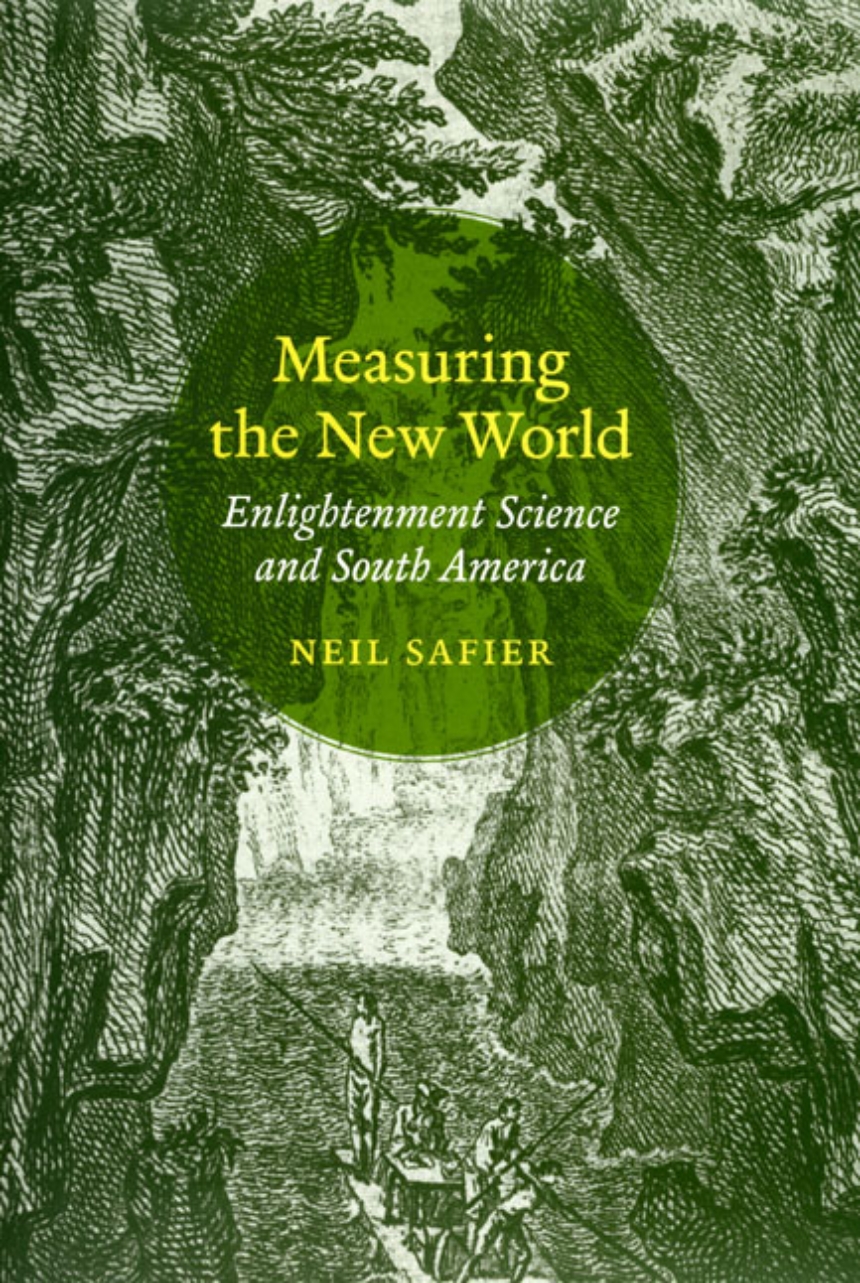Measuring the New World
Enlightenment Science and South America
Measuring the New World
Enlightenment Science and South America
428 pages | 20 color plates, 59 halftones | 6 x 9 | © 2008
Geography: Cultural and Historical Geography
History: European History, Latin American History
Reviews
Table of Contents
Preface: The Ascent of Francesurcu
Introduction: New Worlds to Measure and Mime
1 The Ruined Pyramids of Yaruquí
2 An Enlightened Amazon, with Fables and a Fold-Out Map
3 Armchair Explorers
4 Correcting Quito
5 A Nation Defamed and Defended
6 Incas in the King’s Garden
7 The Golden Monkey and the Monkey-Worm
Conclusion: Cartographers, Concubines, and Fugitive Slaves
Notes Bibliography Index
